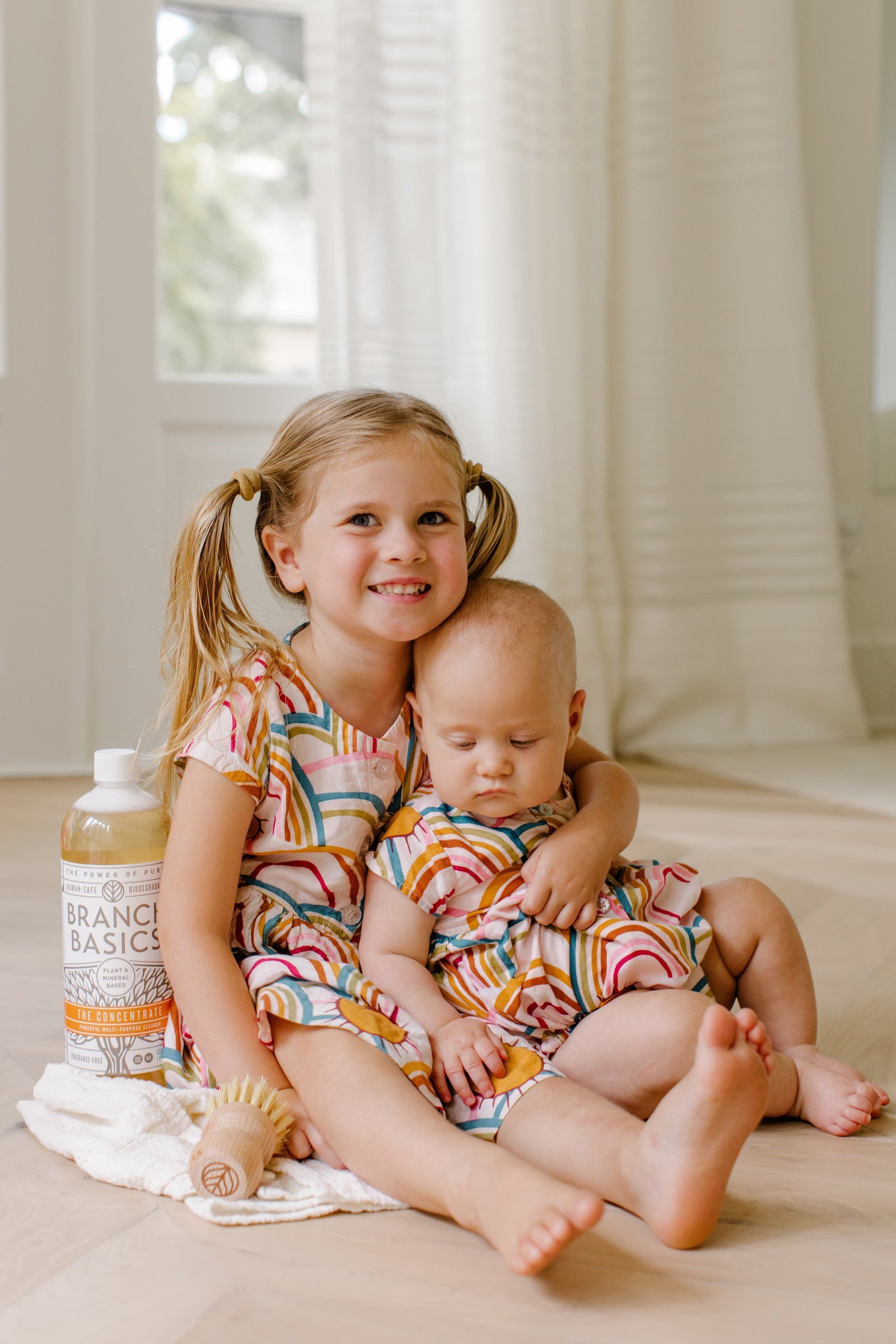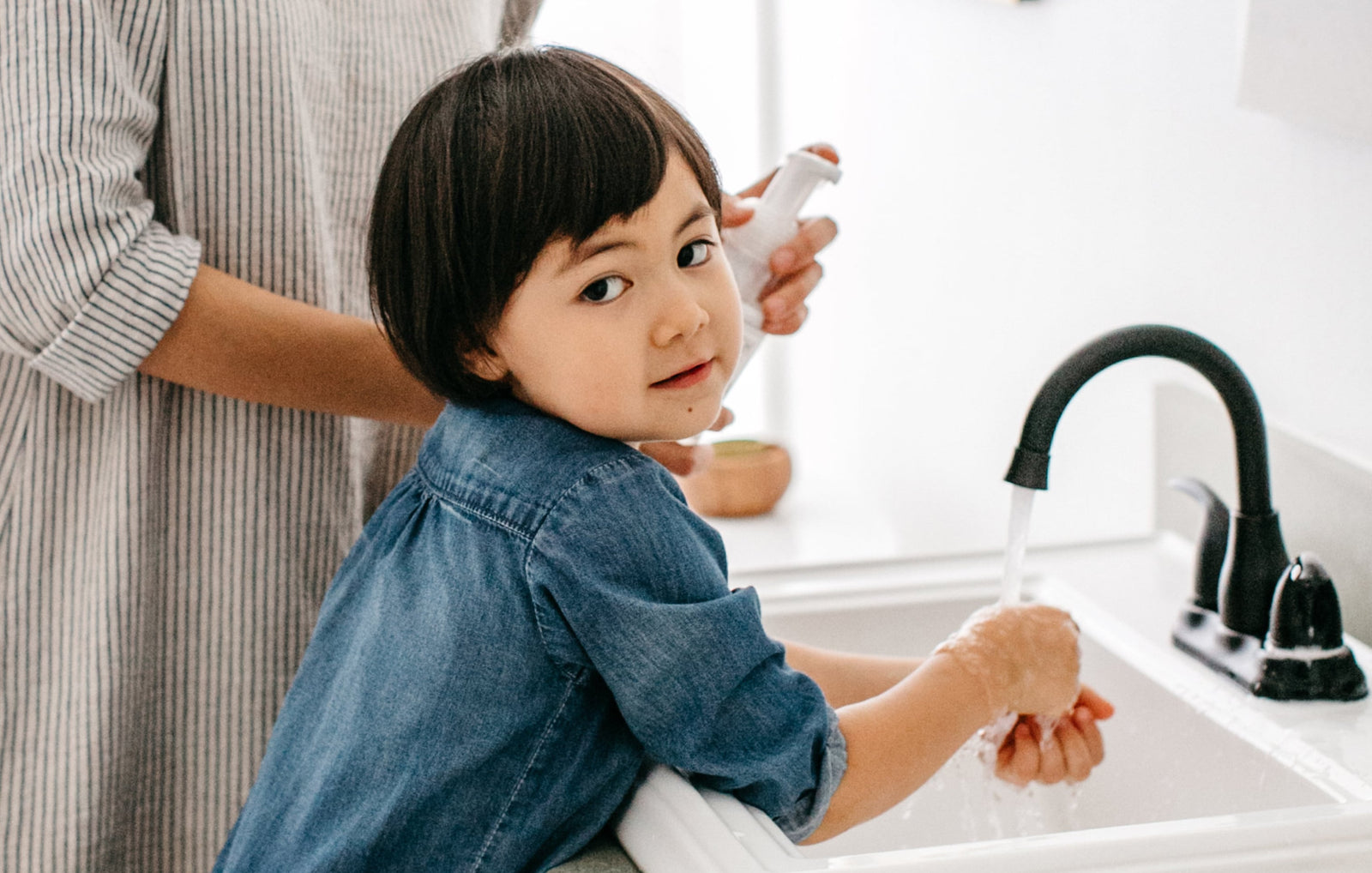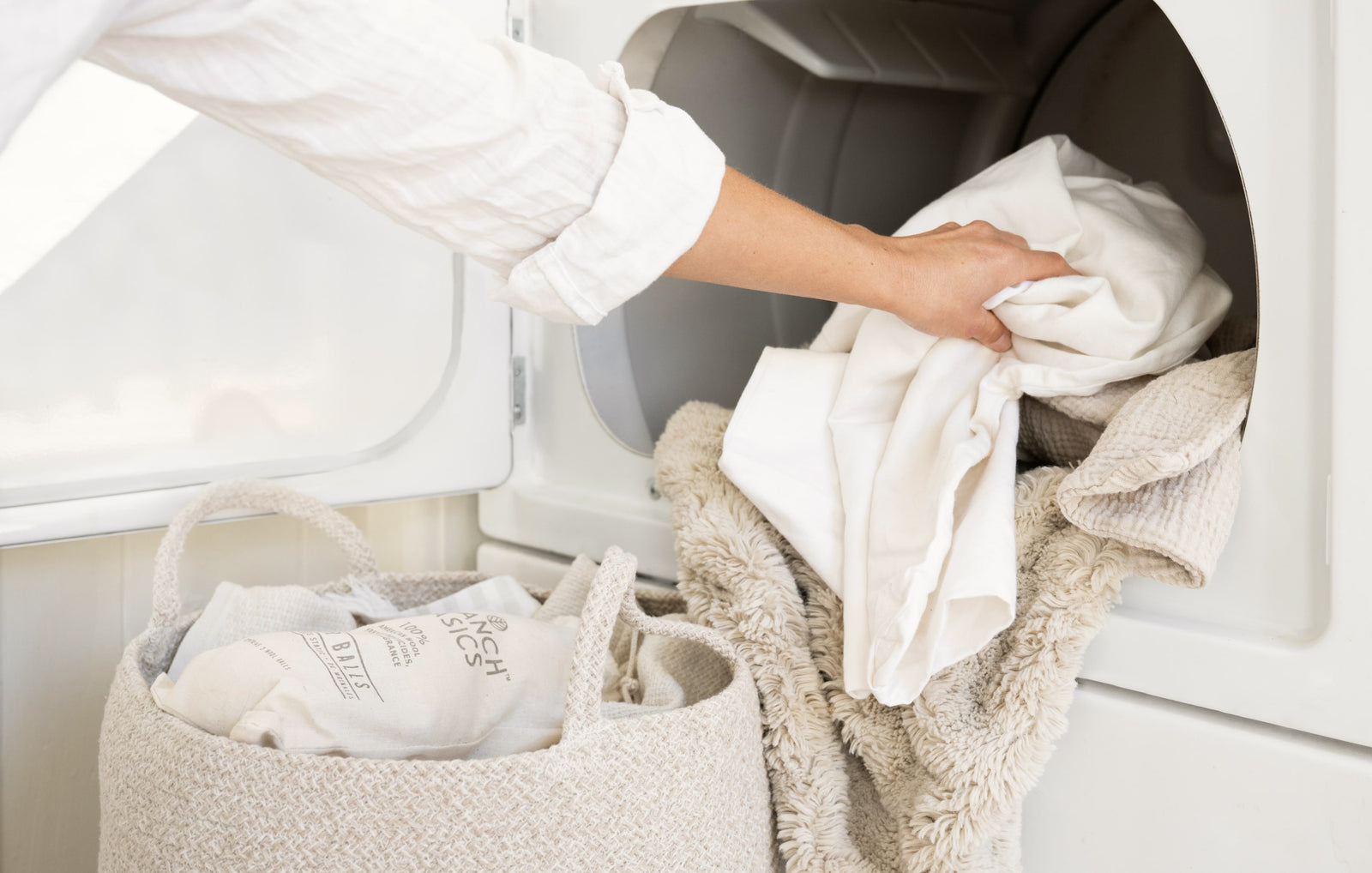Naphthalene Balls: Facts, Risks and More | Branch Basics

Naphthalene balls, also known as mothballs, contain the EPA-registered pesticide Naphthalene, plus deodorizing chemicals designed to repel moths.
If you’ve smelled naphthalene-based mothballs before, you know how pungent the scent is!
However, its smell isn’t just harmful to moths.
It’s also incredibly toxic to humans, pets, and the environment. So much so their use is not recommended in homes with babies, small children, or people with certain genetic predispositions for naphthalene sensitivity.
Plus, naphthalene balls are completely unnecessary for deterring moths.
Read on to learn more about naphthalene, including what it is, how to identify symptoms of naphthalene poisoning, how and where it’s used (beyond mothballs), the dangers, and safer alternatives.
What is Naphthalene?
Naphthalene is a hydrocarbon made from crude oil and tar. It’s also produced from the burning of natural or unnatural substances such as trees, coal, or cigarettes.
Naphthalene was first extracted from coal tar by English chemist and physician John Kidd in 1819. This discovery was considered historically significant as it showed coal tar had further applications beyond just fuel.
This paved the way for future coal-tar-based chemicals, including pesticides, plastic chemicals, and many others.
Naphthalene was first approved as a pesticide in 1947. When used in mothballs and other products, it becomes a poisonous gas at room temperature that kills insects and can also injure humans, pets, and wildlife.
We’ll discuss more about the dangers of Naphthalene in subsequent sections.
How to Identify Naphthalene Poisoning
You would think a product as common as mothballs would be safe to use in your home.
However, extensive research has proven that naphthalene exposure, acute or chronic, can cause various life-threatening symptoms, including: [Sources: 1, 2, 3]
Symptoms from Acute Exposure:
- Anemia
- Cataracts
- Coma
- Confusion
- Convulsions
- Death
- Diarrhea
- Headache
- Hemolytic anemia in adults and babies whose mothers inhaled Naphthalene from mothballs during pregnancy
- Irritation to the eyes and mucous membranes
- Jaundice
- Liver damage
- Malaise
- Neurological damage in infants
- Nausea
- Vomiting
- Hemolytic anemia, Liver damage
- Neurological damage
- Cataracts
- Severe burns to skin and eyes
Symptoms from Chronic Exposure:
- Cataracts
- Liver and kidney damage
- Retinal hemorrhage
There is also evidence naphthalene is likely carcinogenic.
So, if these chemicals are so toxic why are they allowed in mothballs intended for home use?
Good question!
The easy answer is because they are cheap and effective.
Manufacturer’s also claim they are not harmful to most people if they are used as directed, as in place in a sealed bag with your sweaters, seal it up, and don’t open until spring in a well-ventilated area.
The problem is, even when sealed in a clothing bin, naphthalene’s toxic fumes permeate the entire house where they are inhaled by its inhabitants 24/7.
Plus, when we remove the clothing from the bins, we inhale the fumes and its residue touches our skin.
Then there are the issues with recommended use, which have changed over the decades.
For example, mothballs have been used in closets, pantries, attics, and many other parts of the home as a pesticide for years.
This is no longer recommended, but most people don’t realize that it is now considered harmful.
In addition, their appearance (white crystalline) may make them attractive to babies, children, and pets who can die from ingesting or playing with them.
If you feel may be suffering from naphthalene poisoning, contact a medical professional immediately.
Various Uses of Naphthalene Balls
As discussed previously, naphthalene balls are commonly used in mothballs.
Naphthalene may also be used in:
- Toilet cakes
- Leather processing as a synthetic tanning agent
- Dyes
- Insecticides, including mosquito coils used extensively in Asia
- Various industrial chemicals
- Lubricants
- Diaper pails
Alternatively, synthetic mothballs may be made from Paradichlorobenzene, which is considered less toxic than Naphthalene.
Unfortunately, it’s also a neurotoxic pesticide that can harm the liver, skin, lungs, kidneys, and central and peripheral nervous systems.
The Environmental Dangers of Naphthalene Balls
As many wise people have said, what harms us nearly always harms the environment.
As you may have guessed, naphthalene is no exception and is considered a ubiquitous environmental pollutant.
A prime example of this is naphthalene’s use in the Vietnam War.
It was mixed with palmitate to create a weapon called napalm that caused widespread destruction of all life (plant, animal, and human) as well as structures due to its high burn rate.
Naphthalene has been found in wastewater, soil, and air and is considered moderately toxic to several fish species, water fleas, and Pacific oysters. It’s also considered slightly toxic to green algae.
More research is needed to fully understand the effects of naphthalene on wildlife, aquatic systems, soil, plants, and the greater environment.
Related reading: The Most Toxic Cleaning Products To Avoid & Safe Swaps
Healthier Living with Branch Basics
Hopefully, this article has inspired you to discontinue using traditional mothballs in favor of more human-safe and environmentally-friendly alternatives.
Fortunately, there are many natural alternatives like natural cedar and storing your clothing properly between seasons.
We discuss this in detail in: Mothball Alternatives: Safe Option to Prevent Moths and How To Get Rid Of Moths Without Toxic Mothballs.
Interested in learning more about how to eliminate harmful products from your home?
Branch Basics Toss The Toxins Online Course takes you through the process of identifying, removing, and replacing common household hazards, like pesticides and harmful cleaning products, so you can dramatically lower your chemical exposure and create a healthier home, mind, and body.
We also invite you to check out Branch Basics all-in-one human-safe, biodegradable, plant- and mineral-based cleaning line designed to replace every toxic cleaner in your home with just one Concentrate.
How does this work? See How To Get Started With Your Branch Basics Kit for a full video and written tutorial.
Ready to get started? Check out Branch Basics starter Kits available in refillable plastic or glass, and start creating a healthier home right now.
Categories

Marilee Nelson
Marilee Nelson is an Environmental Toxins expert who has spent nearly 30 years advocating for the chemically-sensitive and chronically-ill. She is a Board Certified Nutritionist, Certified Bau-Biologist and Bau-Biology Inspector and specializes in Food As Medicine. She has helped thousands of families and individuals identify, heal and recover from toxic exposures and is on a mission to revolutionize the way American families view their health.








